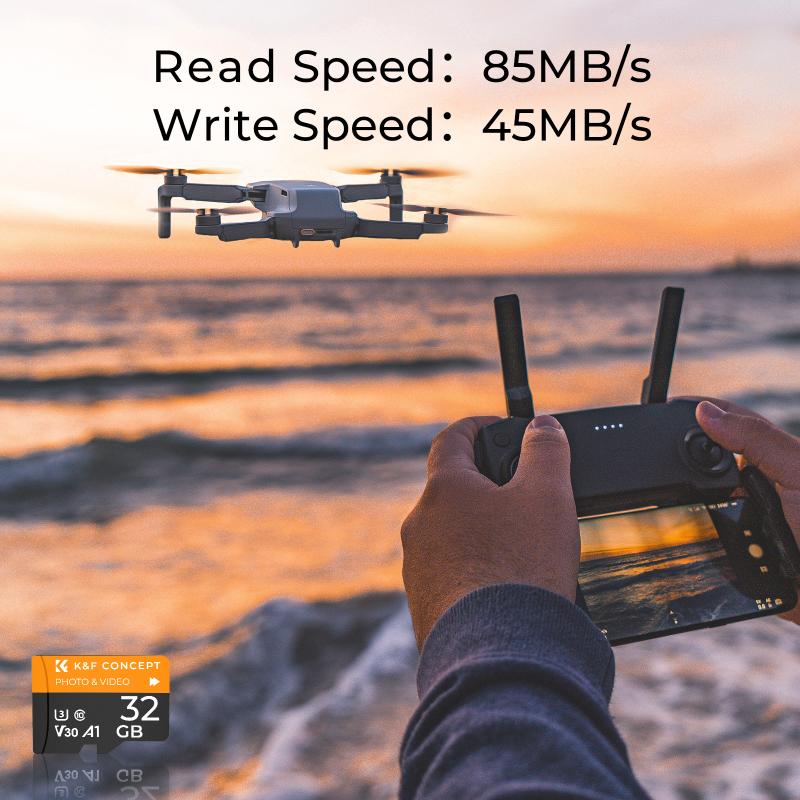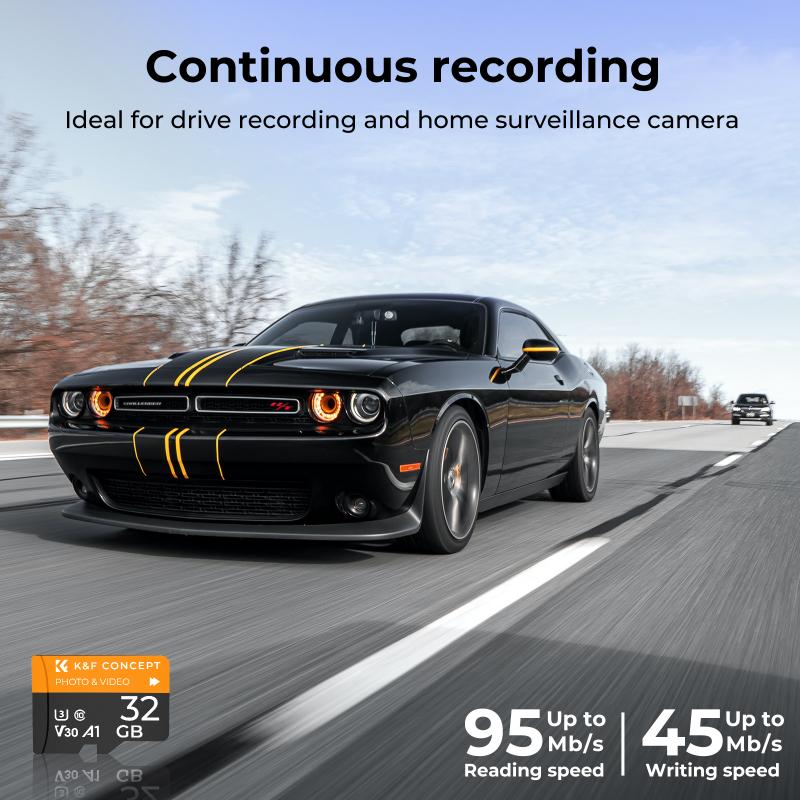How Do You Move Storage To Sd Card?
In today's digital age, the need for more storage space on our devices is ever-increasing. Whether it's due to the accumulation of photos, videos, apps, or other data, many users find themselves running out of internal storage on their smartphones or tablets. One effective solution to this problem is moving storage to an SD card. This article will guide you through the process of transferring data to an SD card, ensuring you can free up internal storage and keep your device running smoothly.
Understanding the Basics

Before diving into the steps, it's essential to understand a few basics about SD cards and their compatibility with your device. SD cards come in various sizes and speeds, and not all devices support every type of SD card. Here are a few key points to consider:
1. Types of SD Cards: There are three main types of SD cards: SD, SDHC (Secure Digital High Capacity), and SDXC (Secure Digital Extended Capacity). SD cards range from 2GB to 32GB, SDHC cards range from 4GB to 32GB, and SDXC cards range from 64GB to 2TB.
2. Speed Classes: SD cards have different speed classes, which indicate their minimum write speeds. Common classes include Class 2, 4, 6, and 10, with Class 10 being the fastest. There are also UHS (Ultra High Speed) classes, such as UHS-I and UHS-II, which offer even higher speeds.
3. Device Compatibility: Check your device's specifications to ensure it supports the type and capacity of the SD card you plan to use. Some older devices may not support SDXC cards, for example.
Steps to Move Storage to an SD Card

Now that you have a basic understanding of SD cards, let's move on to the steps for transferring data to an SD card. The process may vary slightly depending on your device's operating system (Android, Windows, etc.), but the general principles remain the same.
For Android Devices

1. Insert the SD Card: Power off your device and insert the SD card into the designated slot. Power the device back on.
2. Format the SD Card: If the SD card is new or has data you don't need, it's a good idea to format it. Go to `Settings > Storage > SD Card` and select the option to format the card. This will erase all data on the card, so make sure to back up any important files first.
3. Set the SD Card as Default Storage: Some Android devices allow you to set the SD card as the default storage location for apps, photos, and other data. Go to `Settings > Storage > SD Card` and look for an option to set it as the default storage.
4. Move Apps to the SD Card: To free up internal storage, you can move apps to the SD card. Go to `Settings > Apps`, select the app you want to move, and look for an option to move it to the SD card. Not all apps can be moved, but many can.
5. Transfer Files to the SD Card: Use a file manager app to transfer photos, videos, and other files to the SD card. Open the file manager, navigate to the files you want to move, select them, and choose the option to move or copy them to the SD card.
For Windows Devices

1. Insert the SD Card: Insert the SD card into the SD card slot on your Windows device.
2. Format the SD Card: Open `File Explorer`, right-click on the SD card, and select `Format`. Choose the file system (usually exFAT for compatibility) and click `Start`.
3. Change Default Save Locations: Go to `Settings > System > Storage` and look for the option to change where new content is saved. Set the SD card as the default location for apps, documents, music, photos, and videos.
4. Move Existing Files: Open `File Explorer`, navigate to the files you want to move, select them, and drag them to the SD card.
Tips for Managing SD Card Storage
1. Regular Backups: Regularly back up the data on your SD card to a computer or cloud storage to prevent data loss in case the card gets damaged or corrupted.
2. Organize Files: Keep your files organized in folders to make it easier to find and manage them.
3. Monitor Storage Usage: Periodically check the storage usage on your SD card to ensure you have enough space for new data. Delete unnecessary files to free up space.
4. Use High-Quality SD Cards: Invest in high-quality SD cards from reputable brands to ensure better performance and reliability.
Troubleshooting Common Issues
1. SD Card Not Recognized: If your device doesn't recognize the SD card, try reinserting it or using a different card. Ensure the card is properly formatted and compatible with your device.
2. Slow Performance: If your device slows down after moving data to the SD card, it could be due to the card's speed class. Consider using a faster SD card (Class 10 or UHS-I) for better performance.
3. Data Corruption: If you experience data corruption, it could be due to a faulty SD card. Try using a different card and regularly back up your data to prevent loss.
Moving storage to an SD card is a practical solution for managing limited internal storage on your device. By following the steps outlined in this article, you can effectively transfer apps, photos, videos, and other data to an SD card, freeing up valuable space and ensuring your device runs smoothly. Remember to choose a compatible and high-quality SD card, regularly back up your data, and monitor storage usage to make the most of your expanded storage capacity. With these tips and tricks, you'll be well-equipped to handle your storage needs and keep your device performing at its best.
